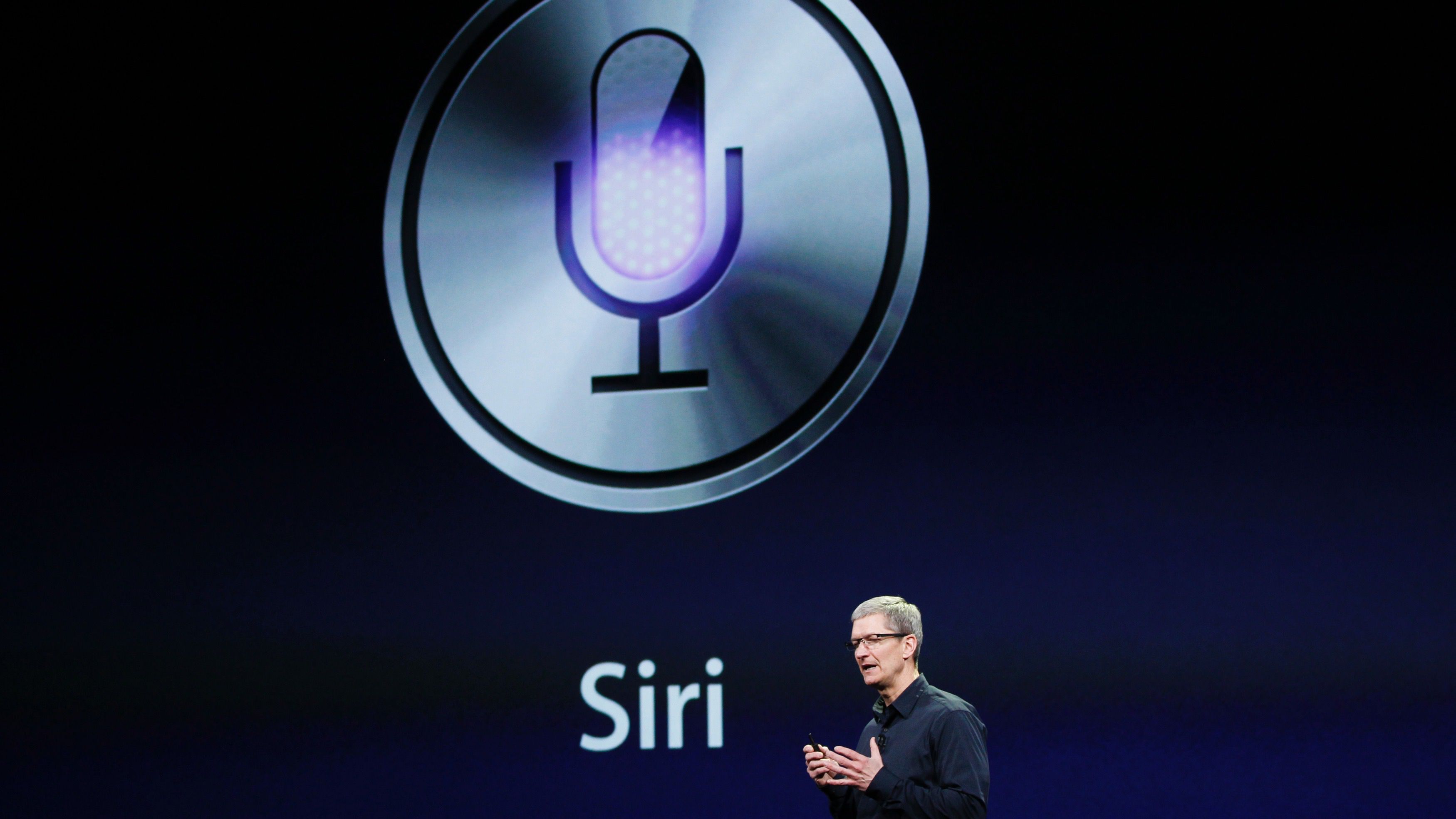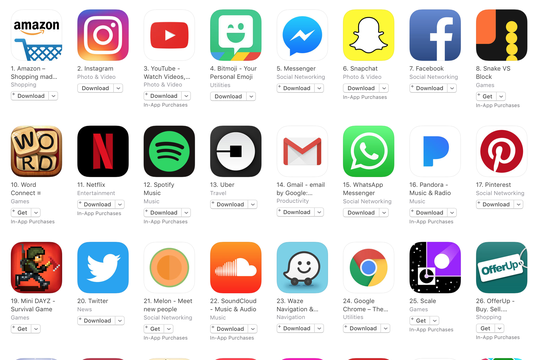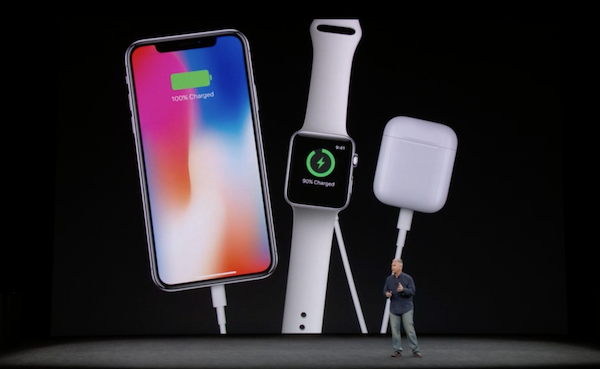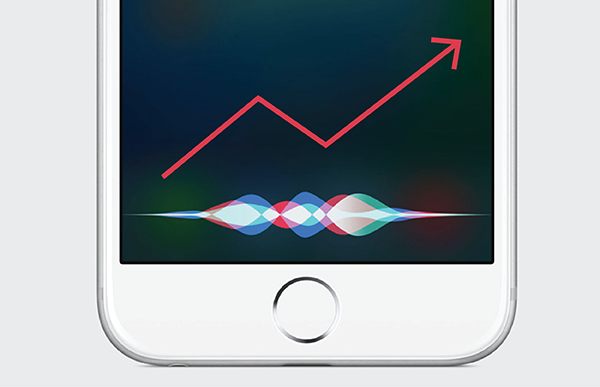Apple Should Do 3 Things in 2018 to Make Siri Better for Everyone
 Apple Siri is amazing in many ways. Despite early issues with automated speech recognition (ASR) that led to some negative reviews, Siri has improved greatly since 2011. The ASR is better. Global language support is broader. Siri’s voice is smoother. However, Siri has not become much smarter since that time. Siri performs many of the same tasks today that were first introduced years ago. She relies on Google search results with visual links for most queries. Third-party developers are not flocking to integrate Siri features into their apps.
Apple Siri is amazing in many ways. Despite early issues with automated speech recognition (ASR) that led to some negative reviews, Siri has improved greatly since 2011. The ASR is better. Global language support is broader. Siri’s voice is smoother. However, Siri has not become much smarter since that time. Siri performs many of the same tasks today that were first introduced years ago. She relies on Google search results with visual links for most queries. Third-party developers are not flocking to integrate Siri features into their apps.
Siri has gone beyond the iPhone to Apple Watch and Airpods. Both of these are significant moves. And, Siri performs a few utilitarian tasks very well. But, Google Assistant and Amazon Alexa have broader capabilities, better third-party app integration and make Siri look tired and lackluster in comparison. The gulf in capabilities is quickly widening.
Apple has several assets it can exploit to quickly re-establish Siri as a leading voice assistant, but it also needs to make some changes in 2018. These changes are more important than the delayed HomePod launch because they will dictate the future of the platform.
#1 – Decouple Siri Integration from iOS Mobile Apps
Apple has 16 million iOS developers. That is a great asset that can supercharge the Siri ecosystem if Apple can activate its developer community and generate enthusiasm. However, today you must have an iOS mobile app in order to use Siri integration. John Kelvie, founder of Bespoken, discussed in Voicebot Podcast episode six about how working with iOS is more complicated and doesn’t let the AI do as much work for you.
The Alexa API is around 100 elements now. Think of that as about 100 function calls. iOS is more than 13,000. That’s classes and functions. So, you might conclude from that … you can’t do much with Alexa….The idea is that you won’t ever need 13,000 function calls because the AI is filling in the gaps. And so, you can build things simpler, do less work and then count on the AI to fill in what’s in between.
iOS may be a fine framework for mobile, but why should every developer be required to support a mobile app and all of the overhead that entails when all they want to do is produce a voice app? That is a heavy lift just to enable your user to turn on a light or request some information. This is the first structural change Apple must make so that Siri becomes more developer and platform friendly. A lighter development footprint will mean Siri is not always tethered to mobile devices. Apple should set Siri free.
#2 – Expand the Domains to Make Siri Smarter
 Siri is locked down tight. In fact, what you can do with Siri is functionally limited by Apple. SiriKit enables developers to build Siri functionality for just nine domains with limited intents. These include: Lists, QR Codes, Ride Booking, Messaging, Photo Search, Payments, VoIP Calling, Workouts, Climate and Radio. The last category is limited to Apple CarPlay in the vehicle. It is great that SiriKit supports payments because monetization is a big issue for developers on the Alexa and Google Assistant platforms. However, it is hard to foresee a flowering of voice-first third-party innovation coming from integrating Siri with QR codes and Photo Search.
Siri is locked down tight. In fact, what you can do with Siri is functionally limited by Apple. SiriKit enables developers to build Siri functionality for just nine domains with limited intents. These include: Lists, QR Codes, Ride Booking, Messaging, Photo Search, Payments, VoIP Calling, Workouts, Climate and Radio. The last category is limited to Apple CarPlay in the vehicle. It is great that SiriKit supports payments because monetization is a big issue for developers on the Alexa and Google Assistant platforms. However, it is hard to foresee a flowering of voice-first third-party innovation coming from integrating Siri with QR codes and Photo Search.
Siri can do more than this through its native capabilities. You can set timers and alarms, send texts and make calls. But, those capabilities treat the voice interface as nothing more than a means to accomplish utilitarian tasks. Siri should allow users to access more information through voice and audio, control media playback and support gaming. This is just the top of a long list. It will make Siri smarter in the eyes of consumers.
#3 – Enable Siri Use in Non-Apple Devices
 Heresy. I know. Would Apple ever let you use Siri outside of a pristine iOS environment? They should. Voice will not be constrained by the boundaries of a single manufacturer. Consumers will use voice throughout the day and not exclusively on mobile, hearables, wearables and smart speakers. Appliances and other devices in communal settings will also have voice interfaces. Does Apple really want to cede this market entirely? Voice will soon be like a USB port: ubiquitous and expected. If you can only reach Siri on Apple produced devices, then Siri will be relegated to niche status. It will also miss out on a lot of training data and signals about consumer usage.
Heresy. I know. Would Apple ever let you use Siri outside of a pristine iOS environment? They should. Voice will not be constrained by the boundaries of a single manufacturer. Consumers will use voice throughout the day and not exclusively on mobile, hearables, wearables and smart speakers. Appliances and other devices in communal settings will also have voice interfaces. Does Apple really want to cede this market entirely? Voice will soon be like a USB port: ubiquitous and expected. If you can only reach Siri on Apple produced devices, then Siri will be relegated to niche status. It will also miss out on a lot of training data and signals about consumer usage.
Siri cannot become ubiquitous if relegated to Apple devices only. Apple’s old guard executariat may incorrectly see this as a bid for exclusivity that drives consumer desire. It won’t happen unless Siri is better than alternatives. Without more access and greater presence, she never will be.
What Apple Has Going for It in Voice for 2018
Apple has many assets to leverage to rebuild its position in voice. We have seen how quickly Google Assistant has caught up with Amazon Alexa because of Google’s many assets. Consider what Apple has at its disposal.
- Apple has 16 million iOS developers, many of which are devoted to the platform.
- Siri has 375 million monthly active users.
- Siri’s automated speech recognition (ASR) supports 21 languages localized for 36 countries.
- There are over 700 million iPhones currently in use worldwide.
- Apple AirPods provide an onramp to Siri and controlled 85% wireless earbud market share in 2017.
Then there is the Apple personal device ecosystem that includes laptops, desktops, Apple TV, Watch, iPad, and eventually HomePod. Apple hasn’t missed the recently surging voice opportunity entirely. Low cost smart speakers represent fairly low switching costs. And, we are seeing that many people are now navigating a multi-voice-assistant environment. There is still room for Apple. However, the HomePod delay is a small part of challenge faced by Apple.
Siri must get smarter and become more agile in 2018. It is not good enough anymore to just have capable ASR. Siri’s intelligence and broader usefulness will be measured by its ability to better understand user intent and provide meaningful responses. Apple can’t do that alone. It needs help from its current developer community and a new legion of creators dedicated to voice interfaces. To support their innovations, Apple needs to make some structural changes that go beyond the vaunted device design. This is about software and real AI. Hey Siri! It’s time to change.
Follow @bretkinsella









